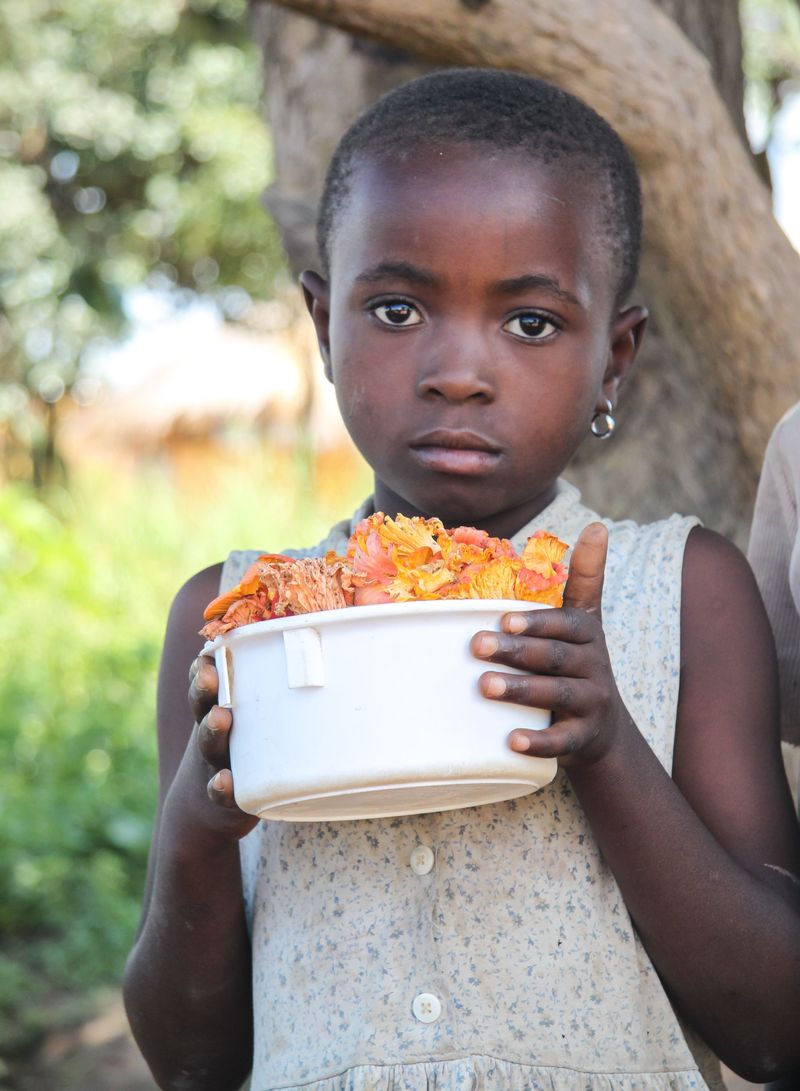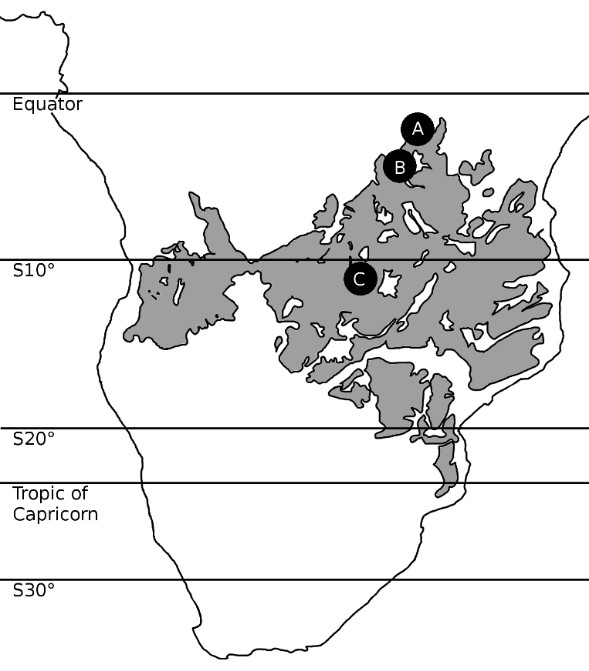[Science news] - Safeguarding edible mushroom production in African miombo woodlands
 In many parts of Africa, people harvest edible mushrooms from woodlands. These nutritious wild products offer food security and provide significant income when sold in local markets. A sustainable mushrooming system could support rural development. However, forest destruction threatens this productivity.
In many parts of Africa, people harvest edible mushrooms from woodlands. These nutritious wild products offer food security and provide significant income when sold in local markets. A sustainable mushrooming system could support rural development. However, forest destruction threatens this productivity.
Miombo woodlands cover around 10% of the continent extending from East Africa (Burundi, Kenya, Tanzania, Uganda) to the Zambezian region (Angola, Democratic Republic of the Congo (DRC), Malawi, Mozambique, Zambia, Zimbabwe). They are dominated by legume trees (mainly Brachystegia, Isoberlinia and Julbernardia species). Soils are poor, so the trees have nutrient-gathering fungal partners (ectomycorrhizas) on their roots, which produce the edible mushrooms.
 Mycologists from Meise Botanic Garden worked with colleagues in Burundi and DRC to quantify the natural production of edible mushrooms in miombo woodlands – a first for Africa. Our three-year study revealed 77 species that were eaten, with chanterelles (Cantharellus species), Amanita species and milk caps (Lactarius and Lactifluus species) being the most productive. Some woodlands produced up to 240 kg/ha fresh weight of edible mushrooms per year, showing the magnitude of this ecosystem service.
Mycologists from Meise Botanic Garden worked with colleagues in Burundi and DRC to quantify the natural production of edible mushrooms in miombo woodlands – a first for Africa. Our three-year study revealed 77 species that were eaten, with chanterelles (Cantharellus species), Amanita species and milk caps (Lactarius and Lactifluus species) being the most productive. Some woodlands produced up to 240 kg/ha fresh weight of edible mushrooms per year, showing the magnitude of this ecosystem service.
Unfortunately, extensive tree-felling for charcoal production, and also slash-and-burn cultivation, annihilates fungal mycelia on the tree roots and ends mushroom production.
A sustainable strategy, managing woodland for reliable supplies of both charcoal and edible mushrooms, would conserve ecosystem services and support development. Income from mushrooming is provided mainly by women, highlighting the need for the whole community to be involved in decision-making about land management.
Relevant publications : Jérôme Degreef, Bill Kasongo, Elias Niyongabo, André De Kesel (2020). Edible mushrooms, a vulnerable ecosystem service from African miombo woodlands. Biotechnol. Agron. Soc. Environ. 24(2): 70-80.



